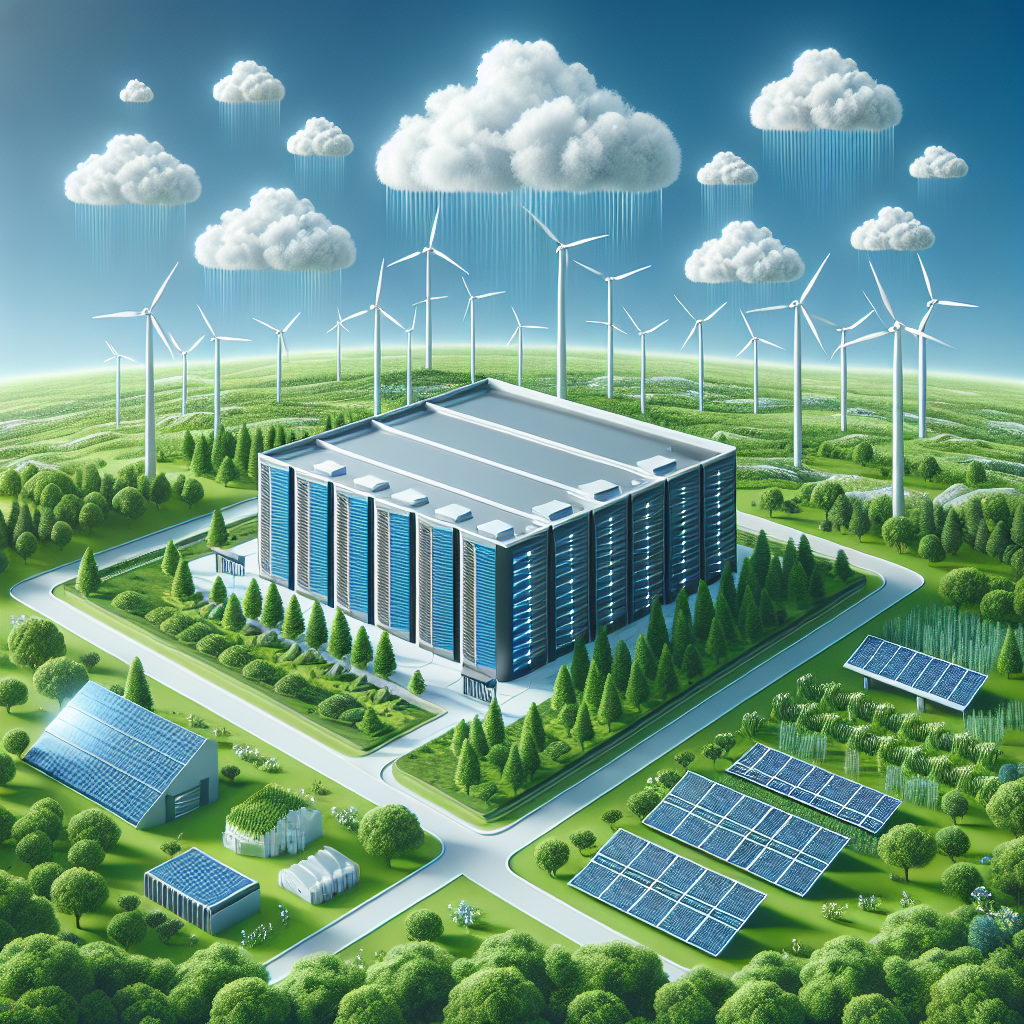Data centers play a crucial role in our modern digital world, serving as the backbone of the internet and storing vast amounts of data. However, the environmental impact of data centers is becoming a growing concern as their energy consumption continues to rise. As the demand for data storage and processing power increases, so does the carbon footprint of these facilities.
According to a report by the International Energy Agency, data centers are responsible for about 1% of global electricity consumption, and this number is expected to double by 2025. The power required to run data centers comes mainly from fossil fuels, leading to significant greenhouse gas emissions and contributing to climate change.
One of the main factors driving the energy consumption of data centers is the need for cooling systems to keep the servers from overheating. These cooling systems can account for up to 40% of a data center’s total energy usage. In addition, the constant demand for data storage and processing power means that data centers are always running at full capacity, further increasing their energy consumption.
To address the environmental impact of data centers, a shift towards sustainability is needed. This can be achieved through a combination of energy-efficient technologies, renewable energy sources, and improved data center design.
One way to reduce the energy consumption of data centers is through the use of energy-efficient hardware and equipment. This includes servers, storage devices, and networking equipment that are designed to consume less power. By upgrading to more energy-efficient technologies, data centers can reduce their overall energy consumption and lower their carbon footprint.
Another key strategy for sustainability is the use of renewable energy sources to power data centers. Many companies are investing in solar, wind, and hydroelectric power to offset the energy consumption of their data centers. By transitioning to renewable energy sources, data centers can significantly reduce their greenhouse gas emissions and lessen their impact on the environment.
Furthermore, data center operators can also improve the design and layout of their facilities to optimize energy efficiency. This includes using hot and cold aisle containment systems, implementing server virtualization, and employing advanced cooling technologies such as liquid cooling. By adopting these sustainable practices, data centers can operate more efficiently and reduce their environmental impact.
In conclusion, the environmental impact of data centers is a pressing issue that requires immediate attention. As the demand for data storage and processing power continues to grow, it is crucial for data center operators to prioritize sustainability and reduce their carbon footprint. By implementing energy-efficient technologies, utilizing renewable energy sources, and optimizing facility design, data centers can become more environmentally friendly and contribute to a greener future. It is time for a collective effort to address the environmental impact of data centers and promote sustainability in the digital age.


Leave a Reply